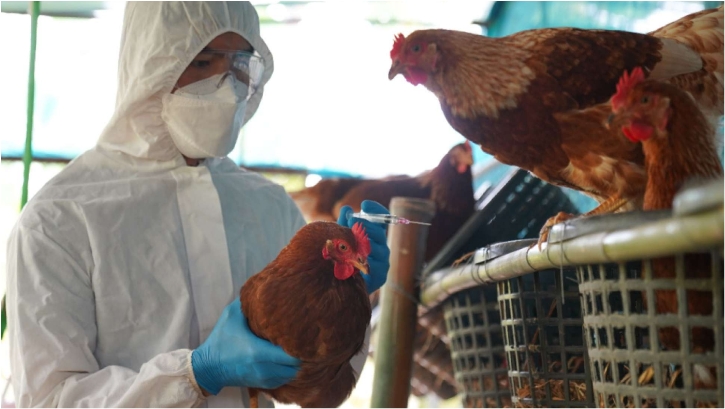Ended soon

A 56-year-old woman from Guangdong province in southeast China has died from H3N8 bird flu, marking the first known human fatality from the avian influenza strain, according to the World Health Organization (WHO). The woman passed away in March and it is believed that exposure to live poultry may have caused her infection. However, the exact source of the virus and its relation to other avian influenza A(H3N8) viruses that are circulating in animals remains unclear.
H3N8 has been circulating since 2002 and is known to infect horses, dogs, and seals, but had not been detected in humans until last year, when two non-fatal cases were reported in China. While animal influenza infections can result in disease ranging from conjunctivitis or mild flu-like symptoms to severe acute respiratory disease or even death, the WHO has stated that it appears the virus does not have the ability to spread easily from person to person. It also said that the risk of it spreading among humans at the national, regional, and international levels is considered to be low. However, the agency has called for further animal and human investigations due to the constantly evolving nature of influenza viruses.
In related news, the UK government has announced it will lift measures it had introduced to stop the spread of bird flu. The housing order meant that eggs laid by hens who normally had access to outside areas, and chickens produced for meat, could not be marketed as free range. The change, which will come into effect on 18 April, means poultry and other captive birds will no longer need to be housed and can be kept outside unless they are in a “Protection Zone”.
Human bird flu cases are usually the result of direct or indirect exposure to infected live or dead poultry or contaminated environments. While the WHO has stated that the risk of H3N8 spreading among humans is currently low, it has called for continued vigilance due to the constantly changing nature of influenza viruses.
The WHO also emphasized that it is crucial for countries to promptly report any human or animal cases of influenza to the organization to enable a rapid response.
The recent case of H3N8 bird flu in China underscores the ongoing threat of zoonotic diseases, which are transmitted from animals to humans. The COVID-19 pandemic, which is believed to have originated in bats before jumping to humans, has highlighted the need for increased surveillance and prevention measures to mitigate the risk of future pandemics.
Experts have called for improved biosecurity measures and more research into zoonotic diseases to better understand their origins and how they can be prevented. Vaccines are also being developed to protect against emerging zoonotic diseases, such as COVID-19 and the Ebola virus.
In the meantime, the lifting of bird flu measures in the UK has been welcomed by the poultry industry, which has been hit hard by the restrictions. However, the British Poultry Council has urged farmers to remain vigilant and continue to take necessary precautions to protect their flocks from disease.
The H3N8 bird flu case in China serves as a reminder of the ongoing threat of zoonotic diseases and the need for continued vigilance and preventative measures. While the risk of the virus spreading among humans is currently considered low, the constantly evolving nature of influenza viruses highlights the need for ongoing research and surveillance.



